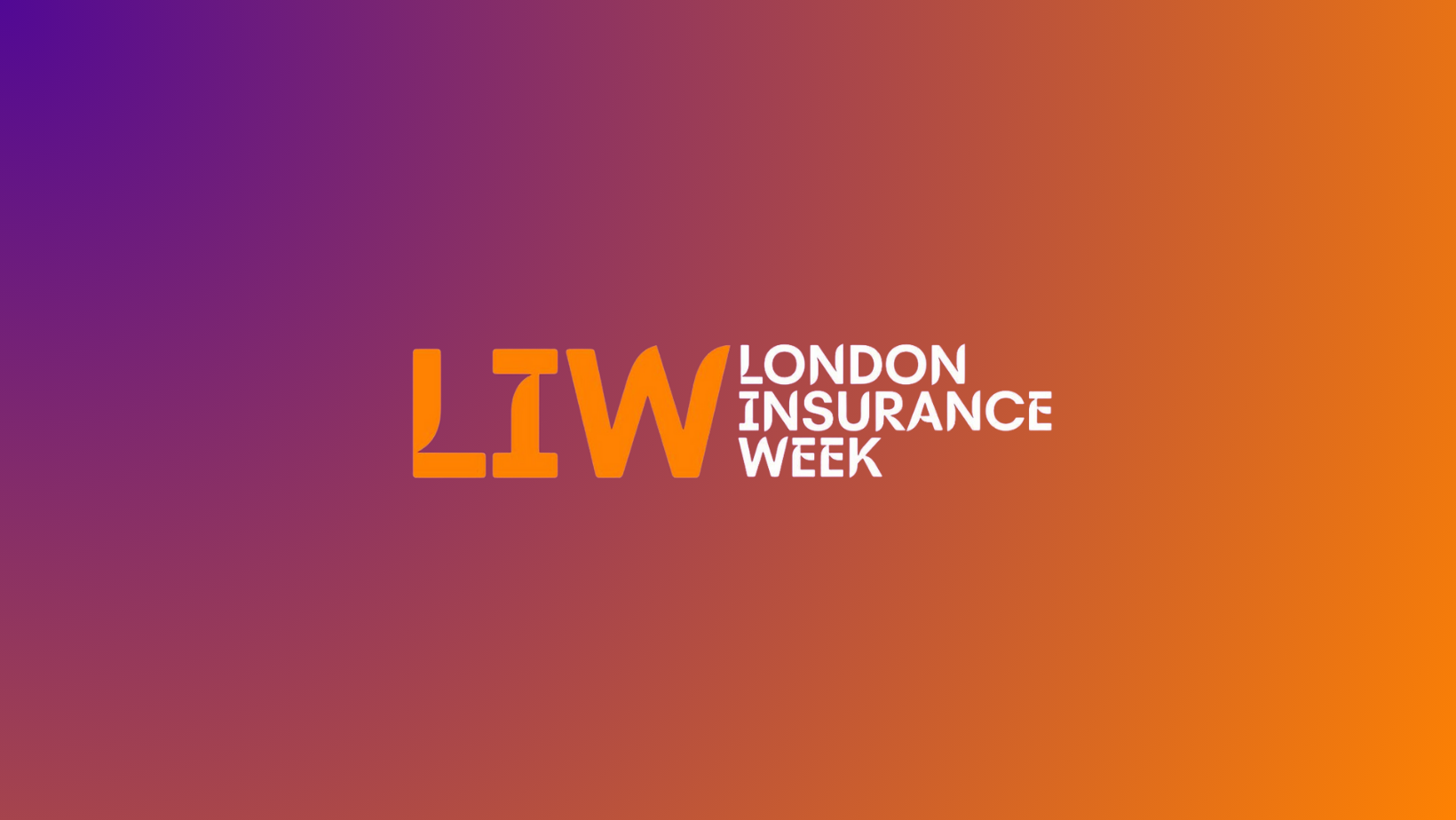Cybersecurity in the Digital Age: The Insurance Industry's Battle Against Invisible Threats

Cybersecurity in the Digital Age: The Insurance Industry's Battle Against Invisible Threats
In 2021, cybercrime cost the global economy over $6 trillion, a figure projected to rise exponentially. High-profile attacks like the Colonial Pipeline ransomware incident and the SolarWinds supply chain breach have underscored vulnerabilities in even the most sophisticated systems. For insurers, cyber risks are particularly daunting due to their intangible nature and the rapid evolution of threats.
The Complex Landscape of Cyber Threats
- Ransomware Epidemic
- Rise in Attacks: Ransomware attacks increased by 62% globally in 2020, targeting organizations of all sizes.
- Economic Impact: Average ransom payments surged by 171%, with some exceeding $10 million.
- Supply Chain Vulnerabilities
- Case Study: The SolarWinds attack affected thousands of organizations, including government agencies and Fortune 500 companies.
- Implications: Highlighted the risk of widespread disruption from a single point of failure.
- Advanced Persistent Threats (APTs)
- State-Sponsored Attacks: Nations engage in cyber espionage, complicating attribution and legal responses.
- Long-Term Infiltration: APTs involve prolonged, covert operations that can go undetected for years.

Challenges in Cyber Insurance Underwriting
- Data Scarcity and Modeling Difficulties
- Lack of Historical Data: Cyber risks lack the extensive loss histories available for traditional perils.
- Dynamic Nature of Threats: Rapidly changing tactics by cybercriminals outpace static risk models.
- Aggregation and Systemic Risk
- Interconnectedness: A single vulnerability can impact multiple policyholders simultaneously.
- Potential for Catastrophic Losses: Global cyber events could result in losses exceeding those from natural disasters.
- Policy Ambiguities and Legal Complexities
- Silent Cyber Risks: Cyber exposures not explicitly covered or excluded in policies can lead to disputes.
- Regulatory Environment: Compliance with laws like GDPR adds layers of liability and complexity.

Strategies for Managing Cyber Risks
- Enhanced Risk Assessment
- Cybersecurity Audits: Conducting thorough assessments of clients' security measures.
- Use of Cyber Analytics: Employing tools that analyze threat intelligence and predict vulnerabilities.
- Product Development and Clarity
- Clear Policy Language: Defining coverage parameters explicitly to avoid misunderstandings.
- Modular Coverage Options: Allowing clients to customize policies based on specific needs.
- Risk Mitigation Services
- Incident Response Planning: Assisting clients in developing plans to respond to breaches.
- Employee Training Programs: Providing resources to educate on phishing and other common attack vectors.
- Reinsurance and Capital Solutions
- Cyber Catastrophe Bonds: Transferring risk to capital markets to manage potential large-scale losses.
- Reinsurance Partnerships: Sharing risks with reinsurers specializing in cyber coverage.

Case Studies
- NotPetya Attack (2017): Caused over $10 billion in damages. Maersk Line's recovery efforts showcased the importance of robust business continuity planning.
- Marriott Data Breach: Exposed personal data of up to 500 million guests, leading to significant legal costs and reputational damage.
Regulatory and Legal Considerations
- Data Protection Laws: Non-compliance with regulations like GDPR and CCPA can result in hefty fines.
- Litigation Trends: Increasing class-action lawsuits following breaches heighten liability risks.
Conclusion
Cybersecurity represents a frontier of both risk and opportunity for the insurance industry. By developing sophisticated underwriting practices, enhancing product offerings, and investing in cybersecurity partnerships, insurers can navigate the complexities of cyber risks. Proactive engagement and innovation are essential for the industry to protect itself and its clients in the digital age.
Contact Information
LONDON INSURANCE WEEK PR
Email:
pr@liw.global
Phone: +44 20 4547 5894
Connect with us @LIWGLOBAL on LinkedIn and all Socials to continue the discussion
Event Information and Registration
Visit:
www.liw.global










